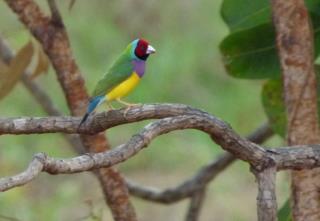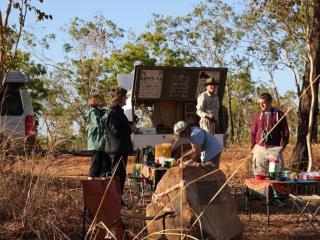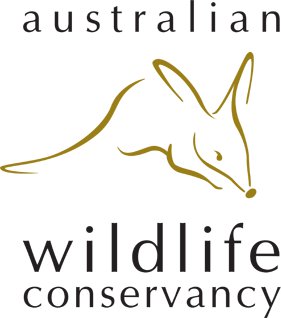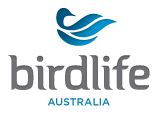Conservation and Minimal Impact Ecotourism
We do our best to implement minimal impact principles right through the whole operation of our business, from the office to the field. To the fullest extent possible we recycle - paper, aluminium cans, bottles, cartridges, batteries etc, on tour and at the office. Guests are supplied with stainless steel refillable water bottles and natural insect repellent. We use proper plates, cups and cutlery, and wash dishes the old fashioned way.Hello Mike and Jenny,
I have heard of you guys for a while and thought I would read a bit about your tours ect. The thing that has stuck out at me most with your informative site is that you respect the birds enough not to use playback. You have no idea how refreshing that is to hear that you put the birds that we at AWC seek to protect first. It has always been my thing with the Night Parrot with all my talks "the bird must come first." Fantastic and I congratulate you both and dearly look forward to meeting you both one day. I will happily support what you guys are doing.
All the very best, John Young.
Conservation
Experience the Wild tries to give back to the environment by contributing to conservation bodies such as Birdlife Australia and the Australian Wildlife Conservancy. We have also contributed to some conservation related crowd-funding projects such as the Grey Plover, Orange-bellied Parrot and Swift Parrot.
Introduced Species
Denise Goodfellow, a local birder, author and all round Top End wildlife expert, recently had this to say about the effect Gamba Grass has had on the Top End.
"Morning all,Yesterday I attended a meeting on tackling environmental issues in the Greater Darwin area, and all everybody talked about was gamba grass. This weed, imported as pasture for the beef industry, is native to the African savannah. Ungrazed it is a bulky grass reaching nearly 5 m. high. It is a transformer weed, meaning it transforms other vegetation communities to monocultures by carrying destructive fire, and by outcompeting native plants for water and nutrients and space and light.
I first raised the issue of gamba grass as a threat to birds, at the launch of the second edition of Birds of Australia’s Top End in 2005. Since then I’ve written about this weed as a threat to both wildlife and to human beings. Yet for years the NT Government, bowing to the wishes of graziers, took no action. The grass is now out of control throughout the Greater Darwin area.
At the nearby Litchfield Park said that this one weed covered 20% of Litchfield Park, and that in two decades it would cover nearly half the park. Dangerous wildfire fuelled by gamba grass is a big concern, consequently I suggest that birders visiting the Top End from June to November, be aware of the danger from fire. And if you’re going off road then hire a vehicle that uses diesel, not petrol. In my experience some tour operators and guides don’t recognise the threat, so check!
I called for a cost-benefit analysis comparing the cost of gamba, mission, rats-tail and other weeds brought in as cattle pasture or as contaminants, against the so-called worth of the beef industry. I doubt it will happen - it’s a case of nationalising the problems and privatising the profit. However, graziers are now finding that gamba is more trouble than it is worth; firstly because it is so destructive to most native vegetation; secondly they can’t sell properties infested with the stuff; and thirdly because any property infested with gamba cannot be used for carbon offsets. Still, gamba has its supporters as a grazier pointed out gleefully the other day. Unfortunately there does not seem to be a way for consumers to access beef produced in a weed-free manner.
According to academics and rangers present at this meeting feral cats are also out of control, and no one present could see any way of dealing with them. One ray of hope is to reduce the annual burning of forest and woodland which reduces ground cover making it easier for cats to hunt. However, because so much annual burning has occurred herbaceous under storey in much of these habitats has been replaced by fire-encouraging speargrass.
Another ray of hope is that many landowners do their best to control both weeds and cats. However, it may not be enough to save several species.
Denise Lawungkurr Goodfellow
Darwin River, NT, Australia 0841
PhD candidate, Southern Cross University, Lismore, NSW.
Founding Member: Ecotourism Australia
Nominated by Earthfoot for Condé Nast’s International Ecotourism Award, 2004.
With every introduction of a plant or animal that goes feral this continent becomes a little less unique, a little less Australian.
While this sounds alarming, the good news is that awareness of the threat is slowly building and hopefully enough people will take action to try to contain this threat."






